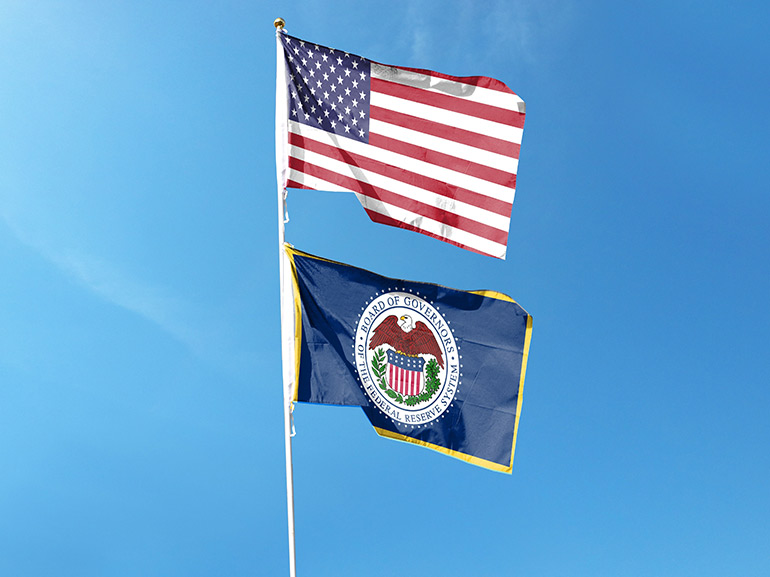February Fed Meeting Minutes Released
Yesterday, the minutes from the Federal Open Market Committee’s (FOMC) latest two-day summit shed some light on the considerations that influenced the U.S. central bank’s latest round of interest rate hikes. With inflation and monetary tightening continuing to occupy a central place in the public discourse, the revelation of what exactly was discussed at the summit, which concluded on February 1st, may have provided crucial information to market watchers and traders alike.

Fed’s Internal Debate Revealed
Fed minutes, generally released three weeks after the conclusion of the summit which they concern, give various market actors a deeper understanding of the various factors that influence the decision-making process within the United States’ most senior monetary policymaking body. Of interest to traders and investors alike is not only the final decision reached by the FOMC but also the internal debate and even disagreements between the members.
This month’s meeting concluded with a press conference during which Federal Reserve Chairman Jerome Powell announced yet another interest rate hike. The Federal Open Market Committee, which determines the course of monetary policy in the world’s largest economy, opted for an interest rate hike of 25 basis points, or 0.25%.
Inflation rates in the United States are still significantly higher than the so-called ‘ideal’ annualised rate of 2%. Moreover, the latest Consumer Price Index (CPI) data revealed that inflation over the course of January remained above 6% year-over-year; although the Fed has opted to continue raising rates at each of the last seven meetings, the pressure on American citizens’ pocketbooks has yet to ease sufficiently.
Accordingly, it may have come as no great surprise to many that the Federal Open Market Committee decided to stay the course of interest rate hikes last month. However, what may have been of particular interest to the markets are the points of disagreement between members of the FOMC. While the eventual interest rate decision seemed to be consensual, the desire of some monetary policymakers to opt for an even higher hike of 0.50% may testify to the continuing concern over inflation within the decision-making body.
How Are Markets Reacting?
Volatility on the world’s trading floors has been far from absent in recent times, and it’s as yet unclear how long this trend will continue. This phenomenon may have gained additional tailwinds yesterday, as Wednesday’s minutes revealed to the public that the FOMC does not see a significant easing of monetary policy in the cards over the near-term, with the accompanying implications for major Indices.
Research data has shown that asset prices in the United States tend to show volatility immediately following the release of the Fed’s meeting minutes. By the ring of the closing bell on Wednesday afternoon, the S&P 500 (USA 500) had fallen by 0.16%, and the Dow Jones Industrial Index (USA 30) took a hit of 0.26%, while the Nasdaq (US-TECH 100) actually rose by more than 0.1%. Trading trends may be hard to decipher fully at the moment, as the prospects for economic growth and a return to ‘normalcy’ are still far from clear. Market actors will have to wait and see how the interlocking factors affecting trading all play out. (Source:Barron's)
